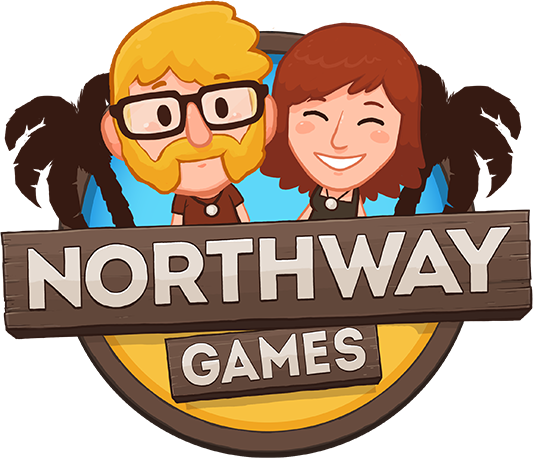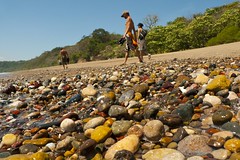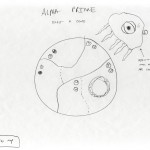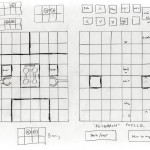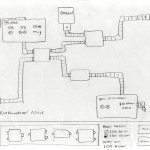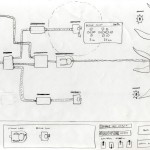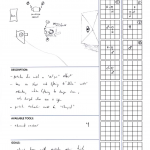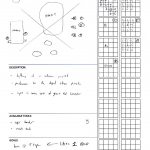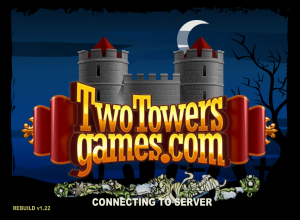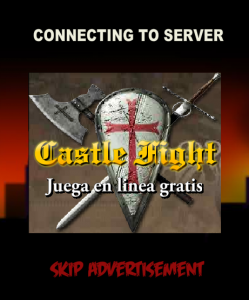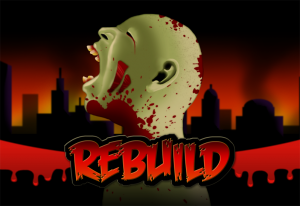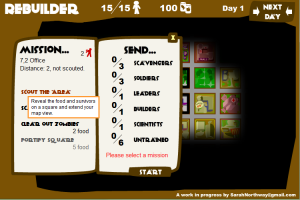Looks like I forgot to record our epic stroll to Montezuma, although you may have seen the pictures on Flickr. We’d previously made it as far as the lone “Jesus” tree with Don before the tide cut us off, but on our second attempt we had the timing perfect. We started out after a hearty breakfast of gallo pinto and egg, and made the first hour along our beach before the sun was too high and hot. In Tambor we tried to recruit some guys who’d been keen on the idea at Neisy’s birthday party the day before, but they were all talk so it was just me and Colin, Don, Riley’s girlfriend Pauline and her friend Tom.
From Tambor to the Jesus tree on the point is a nice shady stroll, then you head out over some rocks, then along a stunning white sand beach, then over some rocks and another beautiful empty beach. We were mostly following the old road, which used to be the only way to get from Tambor to Montezuma before they build the inland road. People still used it to get beach access for camping and picnics, although we met very few people on the trail. The sun rose and it got hot going over the rocky points and we were glad for the breeze and the cool shady bits.
Don was usually out front setting the pace. I hung back a bit and chatted with Pauline and Tom in French, which was refreshing after all the trouble I’ve been having with Spanish. It got me and Colin to thinking of where we might go next that we could practice French and live on the beach – well why not French Polynesia? They seem to have been hit hard by the recession so we found a great deal on the island of Moorea just off Tahiti. The next time we saw Tom, Colin noticed he was wearing a Moorea t-shirt, because it turns out he grew up there! Coincidence, or subliminal messaging?? Anyway he has given us all kinds of hints, contacts, and a map of his favorite spots.
About midway through our walk was a long stretch of black rock, and we were all getting pretty hot. Up ahead, we heard running water. It was the waterfall! We scrambled faster to get up to it, a perfect cascade of water coming over the cliffs that at high tide would plunge into the ocean. We sat under it for nearly ten minutes, cooling our faces under the torrent of clear cold water and filling up our bottles for the second half of the journey. Don carried no water; he just filled up like a camel before we left and he did so again here.
After that we walked along the most interesting beaches: two of them had drifts of perfectly smooth stones in candy-like colors of red, yellow, blue, green. Another had piles and piles of perfect shells, mostly olive snails which I guess the hermit crabs have trouble getting into. We started to meet other people on the trail as we neared Montezuma. Some sort of bicycling event rode past us, thirty or more of them looking hot and exhausted, accompanied by cameras and water trucks. The sun had passed overhead and we were starting to flag, hungry and hot and stiff. We stopped at one last deliciously cool swimming hole and I could feel the heat radiating off me as I lay facedown in the water for as long as I could hold my breath.
Just around the corner was our destination – Montezuma! We collapsed into chairs at a beachside sushi restaurant for the most delicious food I’d had in weeks (Colin reminds me that hunger is the best spice). Then we tottered around the little touristy beach town for a bit and caught the 2:something bus back to Pochote.
Quel journeé!

